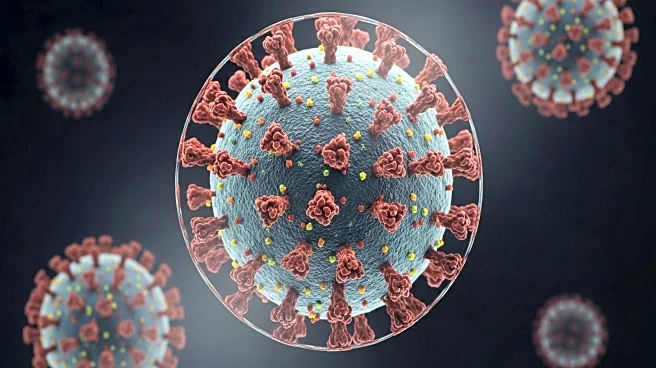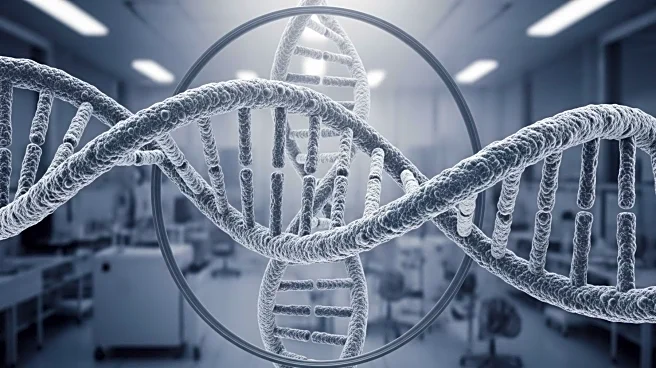Rapid Read • 6 min read
Researchers from South China Agricultural University have developed glow-in-the-dark plants by injecting phosphorescent chemicals into the leaves. These plants, touted as a step towards sustainable plant-based lighting, have been criticized for their inefficiency and impracticality. The process involves infusing plants with phosphor particles, which absorb and release light, but the brightness achieved is insufficient for practical lighting applications. The concept of using plants for lighting has been explored for decades, but the inherent inefficiency of photosynthesis limits the potential for plants to replace conventional streetlights.
AD
The development of glow-in-the-dark plants highlights ongoing efforts to find sustainable alternatives to traditional lighting. However, the inefficiency of converting photosynthetic energy into light poses significant challenges. This research underscores the limitations of current biotechnological approaches in achieving practical applications for plant-based lighting. The environmental implications of using phosphorescent chemicals in plants also raise concerns about potential pollution and ecological impact. The pursuit of such innovations reflects the broader quest for sustainable technologies, but also emphasizes the need for realistic assessments of their feasibility and environmental impact.
AD
More Stories You Might Enjoy










